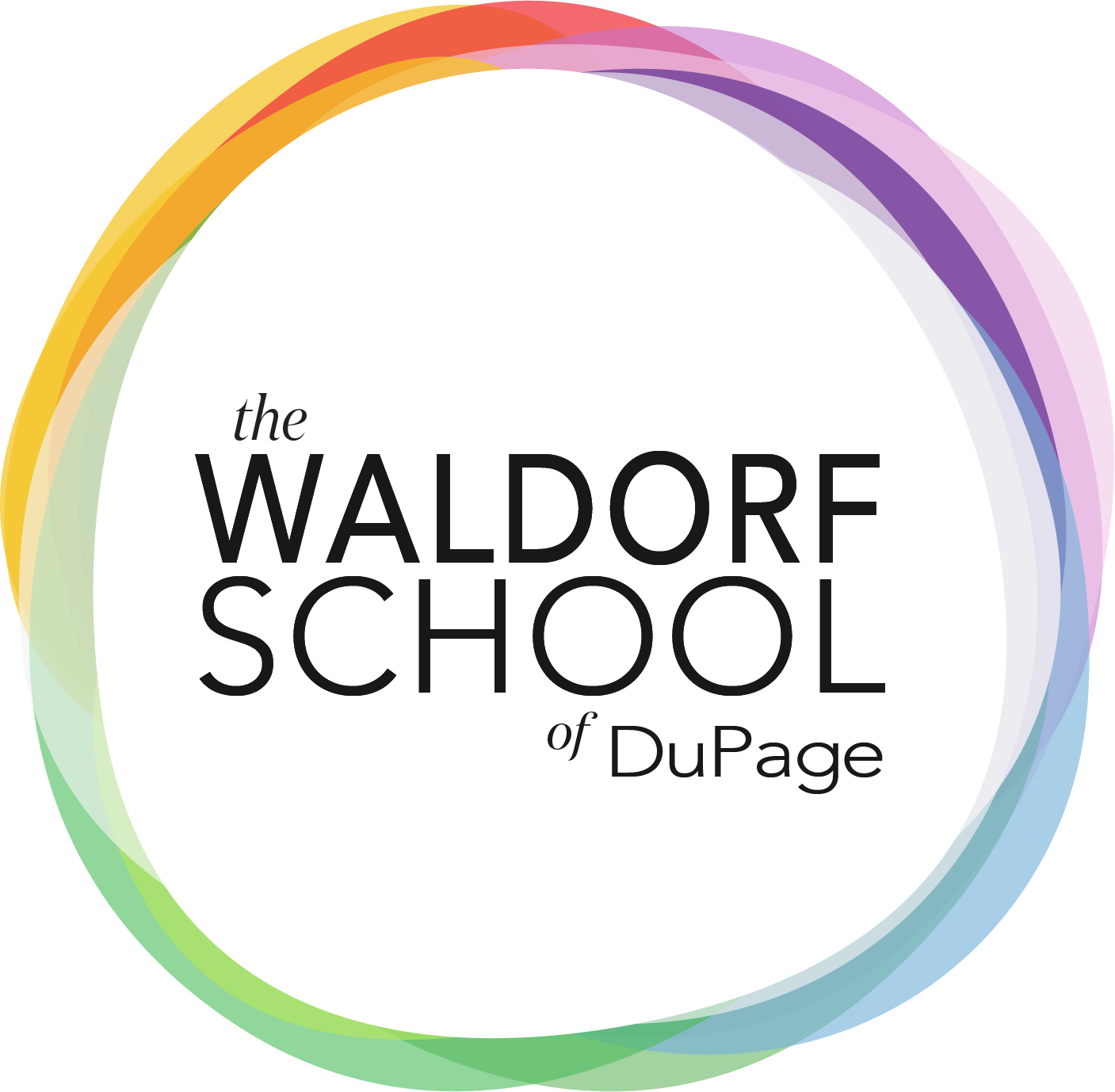When we first explored education options for our children, it was for our older daughter, Aurora. We were drawn to Waldorf for its holistic approach—fostering creativity, imagination, and a deep connection with nature. Aurora has truly thrived in this environment, which didn’t surprise us. What’s been equally heartening is seeing the same growth in our younger daughter, Phoenix, now in the kindergarten classroom. We expected her to thrive as well, and she certainly has. She’s embraced Waldorf’s nurturing and imaginative learning environment with open arms.
We’ve always laughed about how Aurora is so much like my wife, Anna, and looks like me, while Phoenix is so much like me and looks like Anna. Anna is a geologist who has loved the outdoors and exploring nature and science for as long as I’ve known her, and that curiosity is something we saw in Aurora early on. One of the reasons we chose Waldorf was to further nurture Aurora’s natural interest in science and nature. But what has amazed me is how her creative side has flourished as well. I never would have imagined that she would develop such a love for the arts.
Just last weekend, I participated in the 48 Hour Film Project with some of my staff, and when I showed Aurora the movie we put together in such a short time, she pointed at one of my staff members and said to her mom, “That’s my acting teacher.” Through her time at Waldorf, Aurora has developed a love for the performing arts—something I never saw coming, but couldn’t be happier about.
On the flip side, Phoenix has always loved being the center of attention. From a young age, she knew she was funny and loved using her creative side to entertain us. But now, through her experience at Waldorf, we’re seeing her develop a deeper love for nature—something that mirrors her mom’s passion. It’s incredible to watch the ways in which Waldorf fosters both the analytical and creative sides of the brain. You can see how working both sides together strengthens that “brain muscle,” making the connection between the two hemispheres—the corpus callosum—so much stronger.
Living on a farm, we’ve seen a remarkable shift in both Phoenix and Aurora. Where they once wanted to spend all their free time on electronic devices, now they’re choosing to go outside—feeding cows in the pasture, collecting leaves, and wondering aloud about what kind of tree they came from. This deepened curiosity and connection to nature is one of the many reasons Waldorf has been such a positive force in our family’s life.
One of our favorite family traditions is creating a calendar each year with pictures from the previous year. Aurora loves being in charge of marking off the days, keeping track of holidays, and telling us when the seasons change. What’s been especially joyful for us is seeing the difference in the pictures from two years ago to now. Our current calendar is filled with more outdoor activities, more drawings, and creative projects from the kids. It’s a visual reminder of how much our family has embraced a more connected and creative lifestyle, thanks in large part to the Waldorf philosophy.
What keeps us invested in Waldorf is its focus on more than just academics. It’s about helping our children develop as whole people—encouraging them to think creatively, engage with nature, and face challenges with resilience. The growth we’ve seen in both Phoenix and Aurora speaks volumes about the positive impact of Waldorf education.
This is why we Waldorf.




